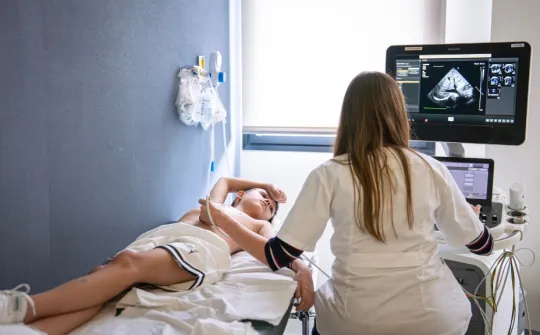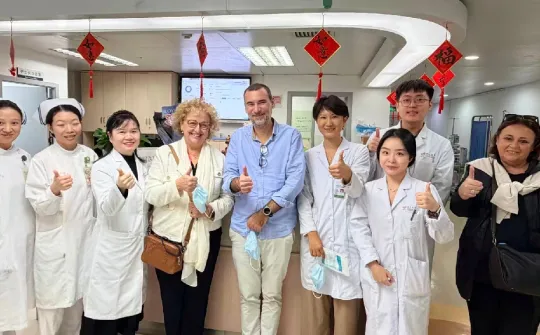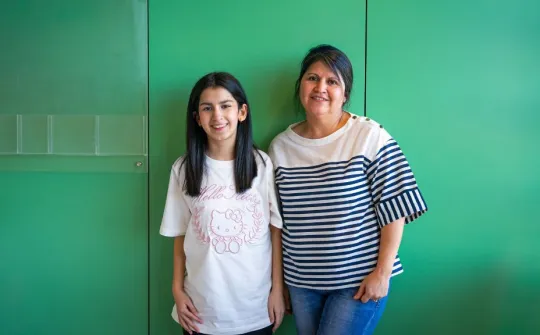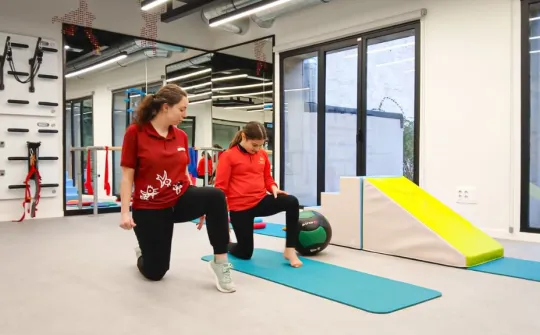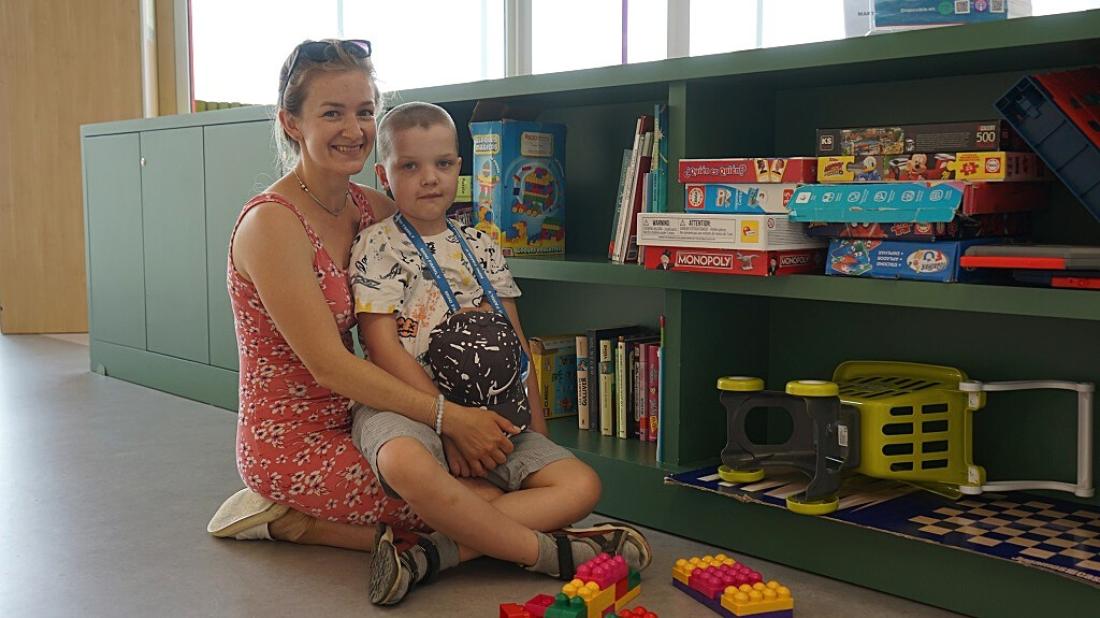
Before the operation, the young boy suffered from 18 epileptic seizures per day due to a benign tumor growth
Viachaslau, a Belarusian patient, started experiencing epileptic seizures when he was three years old. After a year of testing and hospital visits in his home country, the family received a diagnosis: Viachaslau had refractory epilepsy caused by a birth malformation known as hypothalamic hamartoma, which causes epileptic seizures and, in some cases, delays in mental and motor development. At that point, the boy started taking medication and was recommended surgery.
Anhelina, his mother, explains: ‘There isn't a lot of experience with this type of operation in our country, so most people go to hospitals abroad. We found a hospital in Japan, where they operated on him using a thermocoagulation technique, which heats the hamartoma tissue using radiowaves. It has a 70-80% success rate, although it does run the risk of causing a brain lesion.’
The family tells us that the boy's recovery after the first operation was slow. He was in a critical condition for a few days due to significant complications, and was admitted for 15 days because of severe hyponatremia (an endocrine disorder). Before surgery, the doctor had already told them this could happen and would require another operation, but the family was not happy with the result and started looking for alternatives.
That's when they met the mother of another child with the same diagnosis who had been operated on at the SJD Barcelona Children’s Hospital. She recommended they come to the Barcelona Hospital for their son's operation as she was very happy with the results of the operation carried out here.
At the SJD Barcelona Children's Hospital, he was operated on using laser ablation.
Dr José Hinojosa, head of the Neurosurgery Service at the SJD Barcelona Children's Hospital recounts, ‘When Viachaslau started having epileptic fits again, his family came to us for a second opinion. We looked at the case and offered laser ablation treatment to tackle the hamartoma.’
He continued, ‘A hamartoma is an accumulation of hyperplastic neuron cells that causes epilepsy. The benefit of using laser is that, first of all, it can destroy more tissue than the thermocoagulation technique. Secondly, with thermal laser ablation, the surgery is done with a real-time MRI to monitor progress. Having the real-time MRI to monitor the progress of the operation allows us to be sure there are no complications occurring with the brain while the hamartoma lesion is being operated on.’
The operation, performed by Dr Hinojosa and Dr Santiago Candela, only lasted four hours. Anhelina admits, ‘I was very worried about the second operation, it had to be the last one. During the operation I was looked after by Hospital staff, who kept my mind off things while I waited. I really appreciate the compassionate treatment we received from both the doctors and the rest of the staff. They kept my spirits up and gave me hope the entire time.’
The boy was admitted to a hospital ward for just two days post-operation, and there were no complications. Three days later, the young boy could fly home to Belarus. Since then, he has not had any more epileptic episodes and has been able to lead a normal life – the only exception being his periodic follow-up calls to adjust his medication.
His mother notes, ‘The experience at the SJD Barcelona Children's Hospital was excellent. We were treated compassionately, we were in a pleasant and comforting environment which helped distract us a bit, while also reassuring us that we were in the hands of fantastic professionals who care for not just their patients, but the families, too.’
